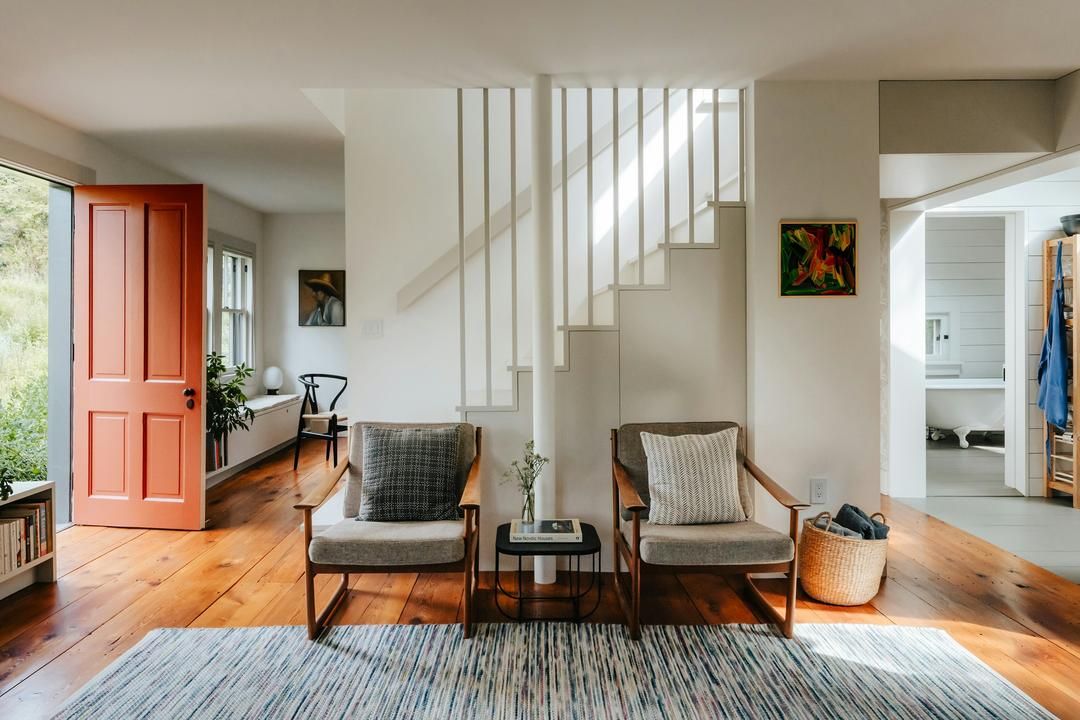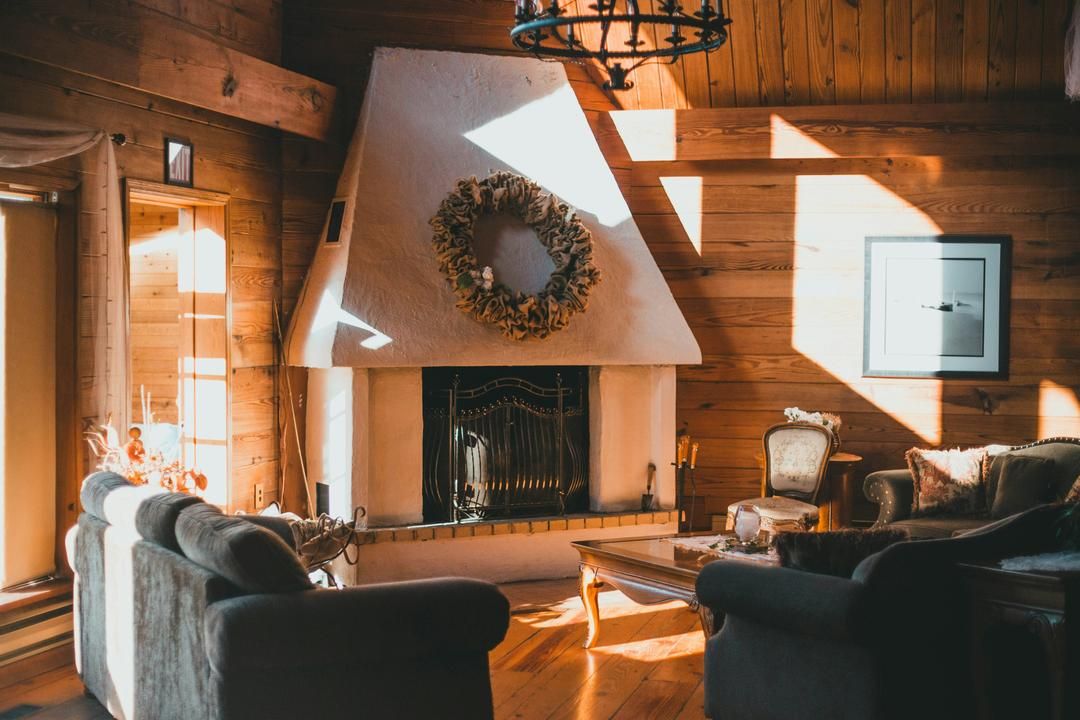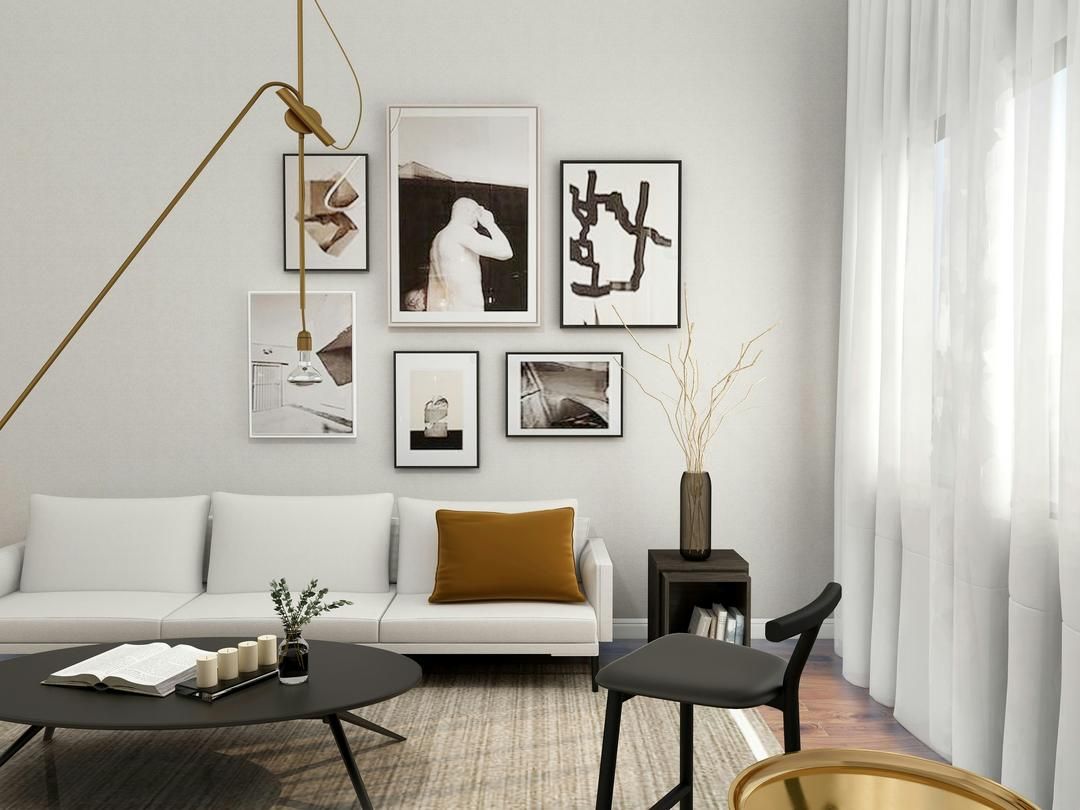If you’re on the hunt for a home in Western North Carolina or Upstate South Carolina—or even just browsing the market—you’ve probably seen a few open house listings. But are open houses really the best way to check out homes? Or do private showings offer a more strategic advantage?
The reality is that each option serves its own purpose. Depending on where you are in your home-buying journey, one method may be more effective than the other.
In our local market—where desirable homes can sell quickly and buyers need to be prepared—understanding how and when to tour properties can be just as crucial as knowing what you want.
Let’s break it down.
What’s the Point of an Open House?
Open houses are usually held on weekends, shortly after a property is listed. They aim to generate interest and attract as many potential buyers as possible in a short timeframe.
For buyers, the main advantage of open houses is accessibility. You don’t need an appointment or an agent to step inside. If you’re just starting your search or exploring what’s available in a specific neighborhood, open houses can be a great way to gather information quickly.
The Pros:
- Low-pressure browsing: You can pop in and out of multiple homes in a single afternoon without any commitment.
- Market research: Open houses allow you to compare price points, layouts, finishes, and neighborhoods—especially useful if you’re narrowing down your criteria.
- Observing demand: A packed open house indicates competition, while a quieter one might suggest an opportunity.
The Cons:
- Surface-level access: With other visitors around, it’s tough to take your time or ask in-depth questions.
- No privacy: You won’t have much space to reflect or explore the home at your own pace.
- Missed windows: By the time you decide you’re interested, another buyer may have already scheduled a private showing or submitted an offer.
When Private Showings Give You the Edge
Private showings require a bit more effort. Your agent needs to schedule them, and you’ll often need to be pre-approved, but they provide a deeper, more strategic experience.
If you’re a serious buyer, private showings are where the real work happens. You can view the home on your terms, without distractions, and ask detailed questions while making meaningful observations.
The Pros:
- Focused attention: Your agent will be there to discuss pros, cons, and context—like price history, time on market, or comparable listings.
- Unfiltered experience: You can open closets, check storage space, test natural lighting, and explore layout flow without an audience.
- Better timing: With private showings, you can often get in early—before an open house is even scheduled—and have time to evaluate whether to act.
The Cons:
- Requires coordination: You need to schedule a time with your agent and the seller’s agent, which may limit access based on availability.
- Less spontaneous: Unlike an open house, you can’t just walk in on a whim—you’ll need to plan ahead.
- Expectations of readiness: Especially in competitive markets, agents may assume that anyone requesting a private showing is prepared to make a decision quickly.
What Buyers Often Miss
Here’s something many buyers overlook: when and how you tour a home can significantly affect your ability to compete for it.
Imagine a new listing goes live on a Thursday. The open house isn’t until Sunday. Serious buyers who are working closely with an agent may book private showings on Friday or Saturday—and submit offers before the open house even takes place.
This scenario is common in our market. It serves as a reminder: if you're relying solely on open houses, you might already be a step behind.
Private showings provide you with more time to think critically, more privacy to evaluate what truly matters, and more opportunities to act quickly—if the home feels right.
When to Choose One Over the Other
If you're just starting your home search and figuring out what you want, open houses are a great way to begin. They let you casually explore different layouts, neighborhoods, and price points without any commitment or the need to coordinate with an agent.
As you start to narrow down your options and see homes you could genuinely picture yourself living in, it’s time to transition to private showings. Use open houses to gather ideas—but rely on private showings to make confident decisions.
Once you're ready to buy, private showings should become your primary strategy. They allow you to move quickly, examine homes in detail, and submit strong offers without waiting for a crowded weekend event. If you’re relying solely on open houses at this stage, you could miss out on the best opportunities.
Touring Tactics: What to Pay Attention to in Either Setting
- Natural light: If possible, check how lighting changes at different times of day.
- Noise: Is the home near a busy road, school, or construction site?
- Storage: Closet and cabinet space often gets overlooked during quick tours.
- Layout: Walk through as if you're living there—does the flow feel right?
- Condition: Look past staging. Are there signs of deferred maintenance?
Bring a checklist, take photos (if allowed), and debrief with your agent after each tour so your impressions stay fresh.
Bottom Line: The Advantage Is in the Strategy
In fast-moving markets like ours, buyers need more than just alerts from real estate websites—they need a plan. This includes understanding the best way to tour homes based on their stage, urgency, and local market conditions.
Open houses are a useful tool for exploration. But if you’re serious about buying—or trying to secure the right home in a competitive market—private showings offer you more clarity, context, and control.
%20(3).png)
%20(3)-1.png)




